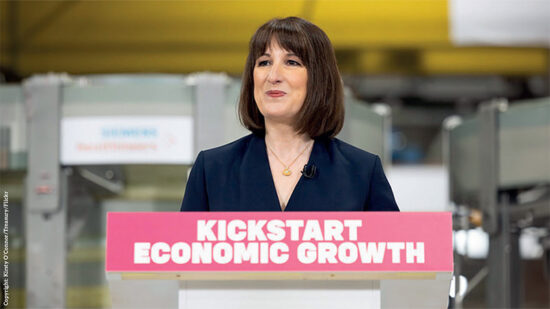The positive turn in the economic cycle as the world emerged from recession in 2002-03 helped turned things around for these investors, who just happened to be in the right place at the right time. However the distressed debt landscape has completely transformed in the last two to three years with various new challenges coming to fore. The following are a few current characteristics/trends of this asset class in Asia.
Distressed Debt is a dirty word in Asia
Private equity and Distressed Debt essentially do the same thing – create value for the company and its stakeholders. They simply differ in the part of the capital structure where they operate. And yet while private equity is revered in Asia, distressed debt is a dirty word. This is unlike the U.S., where people don’t look at distressed debt investors as vultures, and private equity has its share of detractors.
Unwillingness of the issuers to repay debt
Up until a few years ago, a default in Asia reflected the inability of the borrowers to repay their debt. However these days a default more often than not indicates their unwillingness to repay.
The reason is not hard to miss – the bankruptcy and creditor protection laws in Asia aren’t the strongest in the world and it can be a long, drawn out and expensive battle for creditors (especially overseas ones) to get their money back.
Borrowers have smartened up to this fact and are using it to their advantage. The respective trustees and courts fail miserably to recognise this.
Asian bond and loan documentation often also falter, by not including the necessary safeguards to prevent nominees of borrowers from buying backing their debt and voting against broader creditor interests.
As a result, defaulted borrowers can easily sabotage the restructuring process.This phenomenon is not limited to any one country and there have been cases of intentional debt defaults in each of China, Indonesia, Philippines and India.
Divided and cautious investors
Creditor groups in Asia aren’t on the same page in most cases when it comes to debt restructuring discussions.
The companies quickly become aware of this and use ‘divide and rule’ tactics quite successfully against them. They favour and repay a few (local entities or the ones backed by a sovereign) while completely shutting out on the rest. In some cases there is infighting between the creditor groups, because one of them manages to cut a better deal with the company than the other.
So instead of creditor groups working together to constructively restructure the debt in a perfect world, it is ‘every man for himself’ in Asian distressed debt.
Also, often investors are fearful that being too aggressive will cause the borrowers to become litigious and drag out the repayment process for years. Consequently, they sell back the debt to a vehicle controlled by the borrower at an abysmally low price, thereby completely wrecking the pricing and chances of recovery for other investors. Thanks to this constant infighting and competition between investors, there is always a state of low liquidity and even lower prices in the secondary market.
Future outlook
There has been a frenzy of high-yield U.S. dollar-denominated bond issuances over the last few months due to the large interest rate differential between U.S. and Asian economies. This has prompted many weak and dishonest companies to opportunistically tap the U.S. dollar bond market and raise funds.
Consequently, I won’t be surprised if as much as a quarter of the high-yield bonds issued over the last few months default on their coupon payment or have corporate governance issues by mid-2012. When this same happens, the cat will be set among the pigeons.
Since overseas investors have little recourse in debt defaults in Asia, the panic-stricken fund managers will offload these (at a huge loss of course) and might end up throwing out the ‘baby with the bathwater’ thereby creating attractive opportunities for funds that do their homework correctly. This phenomenon can potentially paralyze the world economy and mark the rebirth of distressed debt investing in Asia.
Tanuj Khosla is a research analyst for 3 Degrees Asset Management in Singapore








